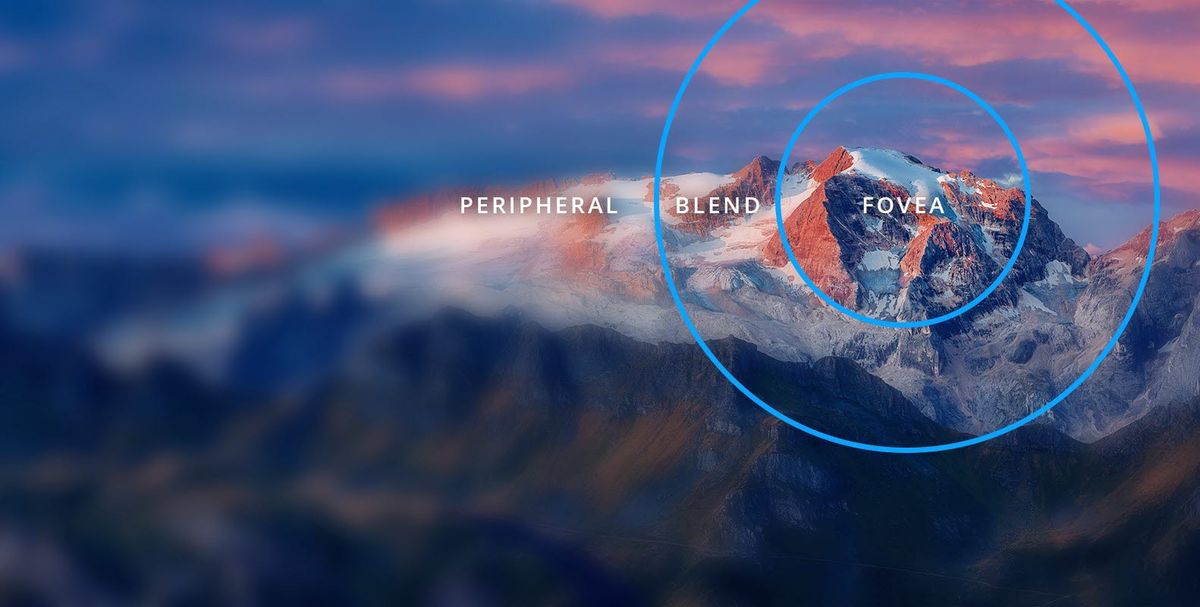pc support in 2024
Coming soon to PS VR2 – Zombie Army VR, Little Cities: Bigger!, Wanderer: The Fragments of Fate, The Wizards – Dark Times: Brotherhood, and more
Also Arizona Sunshine 2 free update released, new details on Soul Covenant.blog.playstation.com
My impression is they are testing Steam Link.
Last edited:


